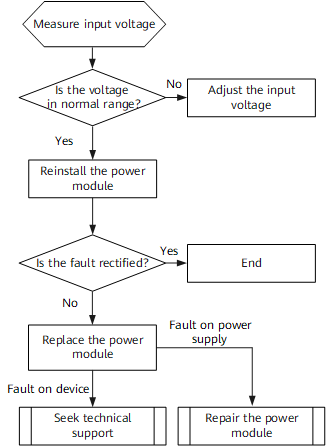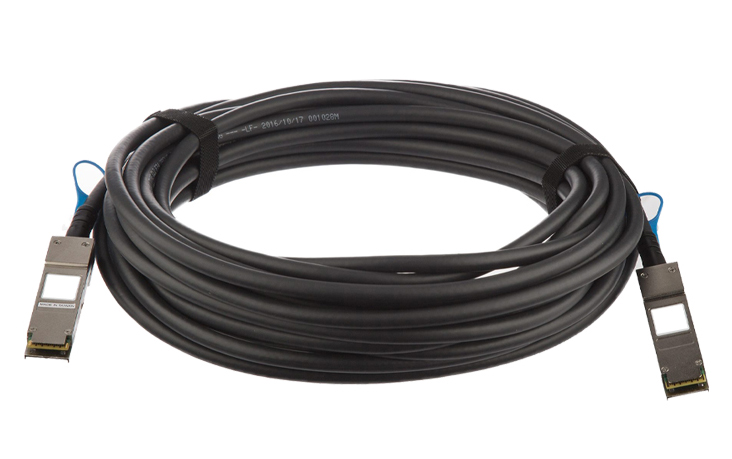































 Lance Whitney / Elyse Betters Picaro /
Lance Whitney / Elyse Betters Picaro / Passkeys promise to replace passwords as a more secure and convenient login method. But they still have a way to go before fulfilling that promise. That's because passkeys are often way too difficult to set up on one device, let alone all the devices you use. The industry itself offers no standard or consistent method to save and store passkeys, so each company has cobbled together its own process, which may or may not work.
Also: Passkeys won't be ready for primetime until Google and other companies fix this
By far, the biggest obstacle to using passkeys is trying to synchronize them across all the browsers and devices that you use. Just because you save a passkey on your Android phone, for example, doesn't mean that it will be available on your Windows PC, or vice versa. That's why I turn to a password manager as a central way to save and sync passkeys across all the browsers and devices I use.
What if you don't have a password manager? Well, there's another route, at least if you use Chrome on your computers and mobile devices.
To help you store and synchronize your passwords and passkeys, Google provides its own password manager. The Google Password Manager is not only built into Android but is accessible through Chrome on any platform. That means you can sync your passkeys across Chrome on Android, in Windows, on a Mac, and on an iPhone or iPad.
How does this all work? Here's how I tried it across all my PCs and mobile devices.
Your first step should be to review the settings for Google Password Manager on your Android device. For this, go to Settings. The specific setting will vary based on the type of device, but you'll want to look for something that says: "Passwords & accounts" or "Passwords, passkeys & accounts." On a Samsung phone, you may need to hunt under the Security and privacy category to find the setting for "Passwords, passkeys & accounts."
Also: How to set up and use passkeys across your iPhone, iPad, and Mac
Once you track down the right screen, make sure that Google is listed and enabled as the default service for password management. Also, turn on the switch to automatically sync app data if it's off. From here, tap the entry for Google and set it as the Autofill option if it's not already set that way.
Show moreTo get things rolling, you can start by setting up a passkey on your Android device. Let's use Amazon for this example. On your device, launch Amazon in Chrome and sign in with your Amazon account. Head to the setting for "Login & Security" and tap the Set up button for Passkey. The next screen prompts you to use your default authentication method, such as facial recognition, fingerprint scan, or PIN. Use the appropriate method, and the passkey should then be generated and saved.
Show moreMaybe you have an iPhone instead of an Android device. You can still use Google's Password Manager as long as you stick with Chrome. To set this up on an iPhone (or iPad), go to Settings, select General, tap "AutoFill & Passwords." In the Autofill from section, turn on the switch for Chrome.
Also: 10 passkey survival tips: Prepare for your passwordless future now
Show moreIn Chrome on your iPhone, go to Settings and tap your account name at the top. Here, you can choose which items you want to sync. Make sure the switch is on for "Passwords and passkeys."
Show moreLaunch Chrome and browse to the site for which you want to set up a passkey. Let's choose Adobe. Browse to the Sign in and Security page for your Adobe account and log in with your password if prompted. Tap the Add button under Passkeys. You'll be prompted to authenticate via Face ID or Touch ID. The passkey is then generated and saved to your Google Password Manager storage.
Also: What are passkeys? How going passwordless can simplify your life in 2025
Show moreWant this to work in Windows as well? Open Chrome in Windows and make sure you're signed in with your Google account. Click your profile icon in the upper right and select Passwords and autofill. Select Google Password Manager and then click Settings. Confirm that all the necessary switches are turned on to allow the password manager to offer to save passwords and passkeys, sign in automatically, use Windows Hello when needed, and use and save passwords from your Google account.
Show moreNext, you need to sync your passwords and passkeys. Select the option in Settings for "You and Google" and click the button for "Turn on Sync." At the next screen, click Settings and then select the option to manage what you sync. Next, click the option for "Customize sync." You can then choose which items you wish to sync, but make sure you turn on the switch for "Passwords and passkeys."
Also: How passkeys work: Going passwordless with public key cryptography
Show moreLaunch Chrome in Windows and head to the site for which you want a passkey. Let's use LinkedIn here. Sign in to the LinkedIn website, click the Me icon at the top, and select "Settings & Privacy." Go to the Sign in & security section and select Passkeys. Click the button to create a passkey. Confirm that the passkey will be saved to Google Password Manager. Authenticate your account, and the passkey is generated and saved.
Show moreHow about trying this on a Mac? Open Chrome on your Mac and sign in with your Google account. Click your profile icon in the upper right and select "Passwords and autofill." Click Google Password Manager and then select Settings. Confirm that all the necessary switches are enabled.
Also: How passkeys work: Going passwordless with public key cryptography
Show moreNext, you want to sync your passwords and passkeys. Select the option in Settings for "You and Google" and click the button for "Turn on Sync." At the next screen, click Settings and then select the option to manage what you sync. Select the option for "Customize sync." Choose which items you wish to sync, but make sure you turn on the switch for "Passwords and passkeys."
Show moreLaunch Chrome on your Mac and browse to the site for which you'd like to generate a passkey. We'll use GitHub. Sign in to the GitHub website, click your profile icon in the upper right, and select Settings. Go to the section for "Password and authentication" and click the button to add a passkey. The next screen explains how this works. Click the button for add passkey. Confirm that the passkey will be saved to Google Password Manager and then click Next. Authenticate the process, and the passkey is generated and saved.
Also: Why the road from passwords to passkeys is long, bumpy, and worth it - probably
Show moreAt this point, we have passkeys created and stored through Google Password Manager in Chrome from four different devices--Android phone, iPhone, Windows PC, and Mac. To sign in with a passkey, browse to one of the stored websites in Chrome on any of the four devices. You should be prompted to sign in with the saved passkey.
Show moreI did bump into syncing problems with one device. Ironically, it was my Android phone. Any passkey I created on this phone synced with the three other devices. Any passkey I created on the three other devices synced among themselves, but not with my Android phone. I had to manually sync them on my Android device for this to work.
Also: The best password managers of 2025: Expert tested
Another obstacle I encountered was trying to set up and sync a passkey for my Google account. As my fellow reporter Jack Wallen discovered, Google doesn't make it easy to generate a passkey for its own user accounts. That's odd since you'd think Google would have perfected the process by now. But this problem points to some of the inherent flaws in the current implementation of passkeys. In the end, I was never able to get my Google account passkey to sync across all four devices.
Overall, a password manager is still a better option for saving and syncing passkeys across not only different devices but different browsers. But if you don't use a password manager and do use Chrome, the steps here at least offer an alternative method that should do the trick.
Get the morning's top stories in your inbox each day with ourTech Today newsletter.
 Tags chauds:
technologie
La sécurité
Tags chauds:
technologie
La sécurité